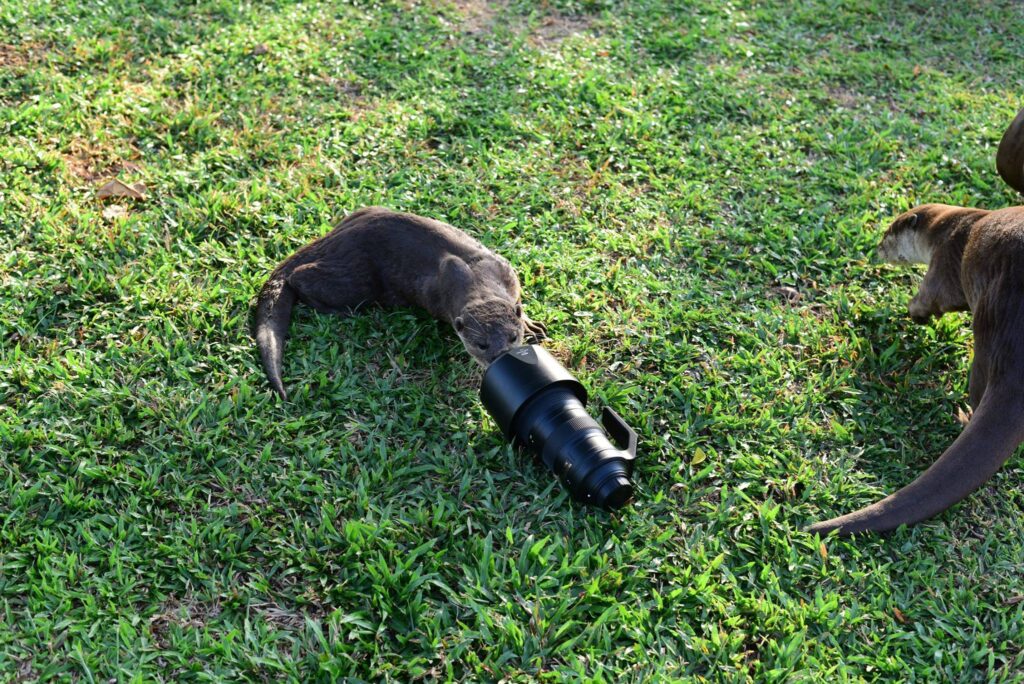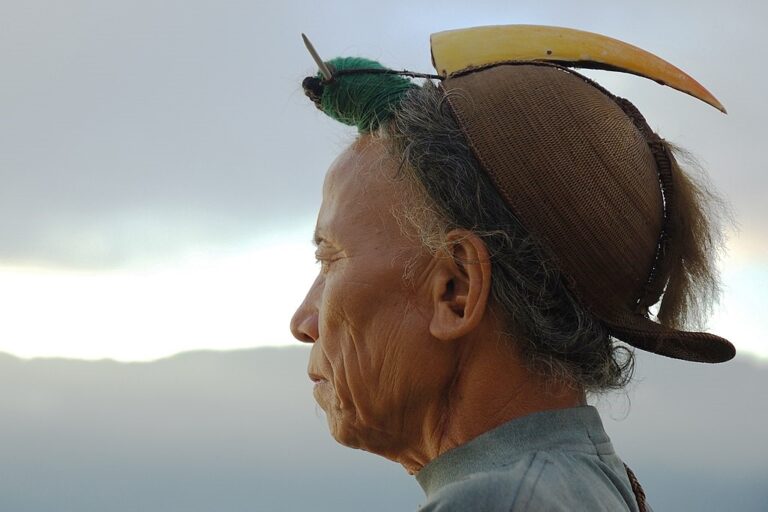Making cities nature-inclusive environments is becoming more and more important in a world that is becoming more urbanized. Cities provide venues for interactions between people and wildlife, resulting in widespread public support for biodiversity conservation. For cities to continue to be healthy, habitable places, ecological services supplied by biodiversity are equally essential. Although designs for urban green infrastructure frequently incorporate biodiversity, these topics are frequently not central to city planning, urban design, or housing construction. The outcome of human-animal interaction depends on how modern societies see wildlife and depends on whether it results in a coexistence, neutral, or conflict situation. What role do urban habitats play for coexistence?

The Disconnect with Wildlife
As society’s understanding of wildlife has evolved over time, it has taken on various forms, from treasured household pets to disgusting vermin that need to be eliminated from the wild. Anthropocene thinking has helped people distance themselves from the natural world and other animals. Nature journalling may help bridge this disconnect. Pressures for the allocation and usage of natural resources to boost human wealth and livelihoods were produced by the rapid development of the human population, industrialization, and urbanization.
Due to a lack of knowledge with pertinent methodology, such as qualitative ones, self-reflection, and ethical rigor, as well as financial and time limitations, coexistence is seldom explored. Protecting biodiversity is not the same as advocating for cohabitation as we understand it with wildlife. However, it is true that the study of crucial aspects of coexistence. In terms of concept, the most important predicate is tolerance: in studies of animal behavior, tolerance of wildlife for humans.
Could you coexist with conflict?
Human-wildlife interactions, whether conflict or coexistence, are influenced by the separation we have created. The creation of exclusive places for both Humans (in Settlements) and Wildlife is frequently cited as the root cause of Human-wildlife conflict (in protected areas). Humans have established boundaries to keep wildlife at bay. These spaces can be both physical (in the form of fences and barriers) and figurative (in a concept of protected areas and cities). We have detached ourselves from the bond of nature over the years by creating boundaries and lines of demarcation. However, this distinction is not as clear when it comes to human resource utilization and reliance on nature, as well as wildlife interactions.
Human settlements have been steadily expanding around and outside of protected areas, bringing both parties together in unexpected circumstances. Although it is well understood that any negative interactions between wildlife and humans are classified as a human-wildlife conflict, this is unintentional and harmful to both.
What role does tolerance play in coexistence?
Conservation is focused on coexistence with wildlife. By coexistence, we mean a long-term, dynamic state in which humans and wildlife coadapt to sharing landscapes, and where human-wildlife interactions are effectively governed to ensure wildlife populations persist in socially legitimate ways that ensure tolerable risk levels. The current conflict-oriented framing of human-wildlife interactions has the effect of reinforcing a fundamentally opposing human-nature dichotomy, implying that coexistence requires the absence of conflict, and skewing research and management toward direct negative impacts over indirect negative impacts and positive aspects of living with wildlife. Human behavior toward wildlife is framed as a rational cost-benefit analysis, ignoring the emotional and cultural dimensions of these interactions.
In contrast to intolerance, tolerance is seen as passive and less closely associated with action or activity. The perception of wildlife as a danger implies that people make decisions about these creatures’ acceptability based on the benefits and hazards, they believe come with coexisting with them. However, the preconcevied opinions of wildlife, influence the degree of human wildlife conflict. An example of this is the tolerance of elephants, which symbolises Ganesha, despite widespread cropraiding and loss of life.The idea of cohabitation presupposes that not just humans, but also wild creatures can adapt to human presence in the area. Both an individual and a social capacity can exist.

Conclusion
Slow investigation and a willingness and capacity to thoroughly listen to and learn from others are both necessary for studying coexistence. It necessitates that researcher take the time to properly approach communities, obtain the required clearances, establish solid contacts, gain the trust of the populace, understand about their lives outside of merely how they interact with wildlife, and most importantly, sympathize with them. Interviewees are unique people with individual histories; they are not just victims, offenders, or demographic markers.
Giving humans the same consideration and focus that naturalist give to viewing nature is necessary for this task. Coexistence can be studied in many social, cultural, and ecological situations, using the right methodology and research tools, and this will increase knowledge of how people and wildlife coexist.
To understand the best approaches and techniques to lessen the impact on both sides, sustainable coexistence needs to be thoroughly examined both numerically and qualitatively.
Written by: Shreya Pandey
Help us Help Them! Think Wildlife Foundation is a non profit organization with various conservation initiatives. Our most prominent campaign is our Caring for Pari intiative. Pari is a rehabilitated elephant at the Wildlife SoS Hospital. 25% of the profits from our store are donated to the elephant hospital for Pari. Other than buying our wonderful merchandise, you could donate directly to our Caring For Pari fundraiser.
